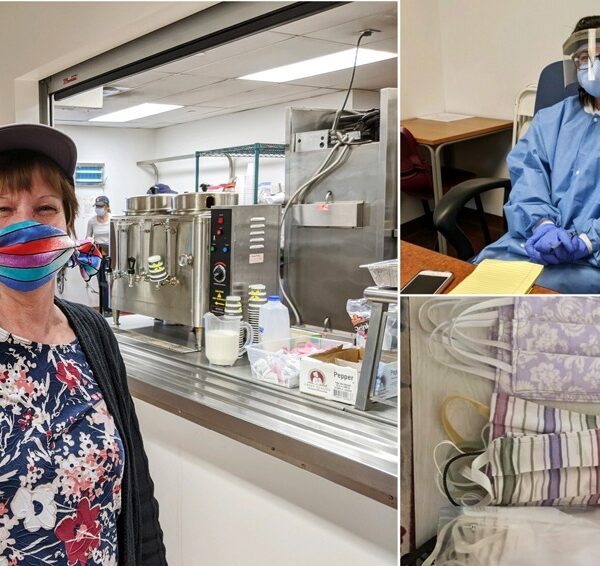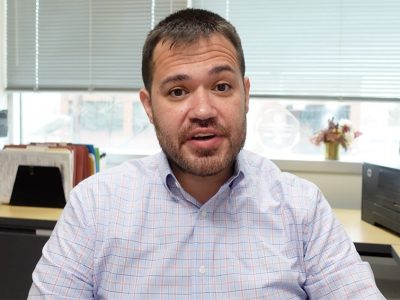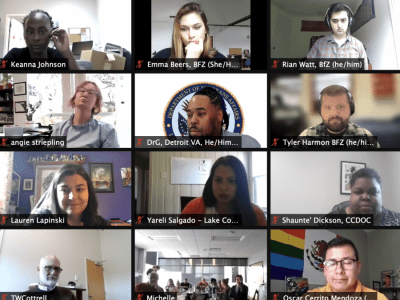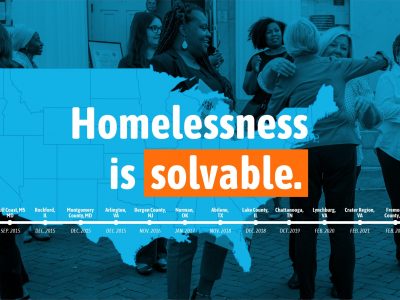Bergen County, New Jersey, is just 14 miles from New York City, the U.S. epicenter of COVID-19. The county of nearly 1 million has more than 13,000 presumptive positive cases, the most in the state.
Even amid the pandemic, Bergen County — which has reached functional zero for veteran and chronic homelessness — remains determined to move people experiencing homelessness to safety. Julia Orlando, Director of Bergen County Housing, Health and Human Services Center, said they are committed to housing the people temporarily quarantined in hotels, so they will not need to return to the shelter.
“In my reflection of this health crisis, it is abundantly clear that never before has the need to end unsheltered homelessness been so apparent,” Orlando said.
Her team has radically altered their normal operations to keep people experiencing homelessness safe and connect them to permanent housing. After keeping their congregate shelter open for six weeks during the pandemic, with rigorous cleaning and social distancing, the local team has moved all shelter residents into hotels or permanent housing. They’ve closed the shelter, which typically provides 90 people a night with a safe place to sleep, and are deep-cleaning it, although they continue to serve to-go meals every day.
“Congregate shelters are no place to keep people during a pandemic,” Orlando said. “Even the best ones will succumb to this virus.”
Built for Zero communities across the country are grappling with how to keep people experiencing homelessness safe during the pandemic. While quarantine and isolation units like hotel rooms are what are urgently needed now, housing will be the solution that outlasts this crisis and helps protect against the next.
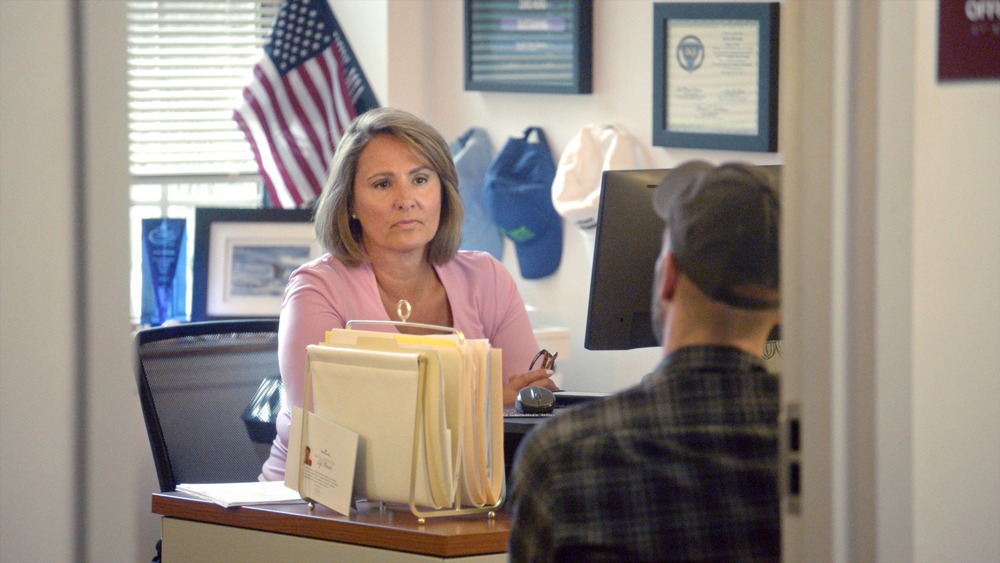
“In my reflection of this health crisis, it is abundantly clear that never before has the need to end unsheltered homelessness been so apparent.”
—Julia Orlando, Director of Bergen County Housing, Health and Human Services Center
Get people into quarantine and isolation now
Before anyone experiencing homelessness was diagnosed with coronavirus in Jacksonville, Florida, Dawn Gilman and her team sprang into action.
Gilman, the CEO of Changing Homelessness, knew that at the time there were about 2,000 people experiencing homelessness in the area — and only 1,100 shelter beds. She also knew that people experiencing homelessness tend to have underlying medical conditions, making them more susceptible to the coronavirus. They had to find a way to get this vulnerable population into safe spaces for isolation and quarantine — and out of crowded shelters or streets where they could potentially spread the infection to others.
In Jacksonville, Gilman’s team came up with a plan to triage people experiencing homelessness:
- People ordered by a doctor to isolate, but not requiring hospitalization, would be placed in hotel rooms, as would people awaiting COVID-19 test results.
- People experiencing homelessness who were medically vulnerable and living on the streets would be housed somewhere they could practice safe social distancing.
- Medically vulnerable people in shelters would be moved into hotels, to protect against potential infection.
Gilman is the first to admit that when they made this plan, they didn’t have enough money to fund it. But, they had a line item in a budget with $45,000 left over for hotel and motel vouchers.
“That was enough to start,” she said. “We’re working with what we have today and getting as much planning in place, so that we’re immediately ready as soon as that funding touches the ground.”
Communities have gotten creative when securing additional shelter space. In Aurora, Colorado, the city even rented heated wedding tents, in order to spread out beds in the existing shelters. In Vermont, an entire Holiday Inn was contracted out to provide quarantine and isolation space for up to 150 people at a time who are experiencing homelessness and people who may be unable to quarantine at home.
Understanding the challenges of ensuring quarantine and isolation, many communities are doing everything they can to keep people from entering the shelter system at all.
“We’re using heavy diversion with people trying to get into shelter and it’s working,” said Orlando. “It makes me think we should be doing that anyway all the time — making sure that people entering shelter really are in a situation that has no other options.”
Doubling down to get everyone home
Communities are being challenged with problems they never anticipated solving. But as people committed to ending homelessness, they have long understood the work of ending homelessness as a moral and public health imperative.
Many are trying to realize it for as many people they can.
In Washtenaw County, Michigan, permanent housing provider Avalon Housing created a procedure to do virtual walk-throughs of apartments, so they can keep moving people into housing. Their paperwork has also moved online, although lease signings still happen in person, with staff wearing personal protective equipment.

Several cities in the Phoenix metro area realized they needed to provide clients with a way for them to get in touch, since they could no longer meet face-to-face. They started providing cell phones with pre-programmed numbers where people could get the support they need to succeed in housing, providing easy access to help them obtain things like food, water, and medical treatment.
“These changes have all been necessitated by the circumstance,” said Eddie Turner, who is Strategy Lead for Built for Zero. “But some of them may be improvements on the general, everyday process.”
The Gulf Coast team in Mississippi has not slowed down. Despite the disruptions caused by the pandemic, they have leveraged relationships with about 100 local landlords to keep pace with their average weekly housing placements.
“We have this real opportunity to take anyone who is vulnerable – and I would say that anyone living outside is vulnerable — and get them housed,” said Mary Simons, Executive Director and CEO of Open Doors Homeless Coalition. “When this is all done with, my hope is that everyone is out of the woods and into housing or has a plan, and we have ended unsheltered homelessness. So we have not lost sight of the goals — we’re really doubling down.”
